Kenwood planetary mixer
Kenwood Chef Premier KMC 570 Kitchen Machine
The Chef Premier, featuring a 1000 Watt motor, will make food preparation tasks even simpler. With a stylish matt silver finish, it will complement any style of kitchen.
If you are experienced in the kitchen, regularly prepare everyday meals and like the challenge of trying more elaborate recipes and catering for larger groups of friends and family, the KMC570 is the kitchen machine you need for a second pair of hands in the kitchen. Advance your culinary skills with confidence, knowing that the Kenwood Chef Premier will achieve the results you desire.
As well as a 4.6 Litre stainless steel bowl, the KMC570 Chef premier includes four bowl tools supplied (K Beater, balloon whisk, dough hook, Creaming Beater), 1.6 Litre ThermoResist glass blender allowing you to use hot and cold food one after the other and food processor attachments.
Report Abuse
Shipping Details
Based on 0 reviews
Be the first to review “Kenwood planetary mixer”
You must be logged in to post a review.
Vendor Information
- Store Name: ATLANTIC Scientific and Research Supply
- Vendor: ATLANTIC Scientific and Research Suply
- No ratings found yet!
-
Health & Medical
Deep Freezer
- Type: Chest Freezer
- Total Gross capacity Liter: 545
- Freezer Gross Capacity Liter.: 545
- Dimension(W*D*H): 1654*745*905
- Gross Capacity (Cubic Ft.): 19.26
- Temp Freezer: Min -28
- Net Weight (Kg): 76 kg
- Gross Weight (Kg): 86 kg
- Voltage Range: 105V – 260V
- Refrigerant: R600a
- Food Basket: 2
- Super Freeze Function: Yes
- LED Lights: 2
- Power On Indicator: Yes
- Climate Class: T
- Copper Evaporator: 5 sides
SKU: n/a -
Health & Medical
Microscopes Compound
The high-performance compound microscope for every laboratory with fixed, pre-centred Koehler illumination.
The KERN OBF and OBL models are excellent, stable laboratory microscopes for all common routine applications
Through the simple Köhler lighting, the adjustable field diaphragm and a pre-centred and height-adjustable Abbe condenser with adjustable aperture diaphragm, these microscopes produce superb images in both the light and dark field
As standard, these microscopes, depending on the model, are fitted with wide-field eyepieces, achromatic, planachromatic or infinitely corrected E-Plan lenses
These binocular microscopes are fitted with a dioptre compensation
A trinocular head is available as an option, so that you can connect a camera
A revolving unit for up to 4 lenses and a large specimen stage are included with delivery as standard
The following optional accessory items are available: Various eyepieces, lenses, a complete polarisation kit, a phase-contrast unit as well as complete HBO and LED fluorescence kits etc.
The light is provided by a 20 Watt halogen lighting unit or by a 3 Watt LED version as an alternative
A central feature of this adaptable, robust microscope range is the stable mechanism which can be adjusted preciselySKU: n/a -
Health & Medical
Triple-Quad-Lc
The Agilent 6460 Triple Quadrupole LC/MS delivers superior sensitivity for trace level analysis with performance specifications in
Signal-to-Noise ratio (S/N) and Instrument Detection Limit (IDL). IDL is a rigorous, statistically based metric that indicates practical
sensitivity performance of your quantitative assays. The Agilent 6460 Triple Quadrupole LC/MS achieves sensitivity and resolution
specifications with autotune.SKU: n/a -
Health & Medical
Pippin-prep
The Pippin Prep facilitates library construction for the most popular NGS platforms, and is recommended by Illumina and Ion Torrent for certain workflows. The platform features the ability to collect narrow and even fragment distributions, as well as the flexibility to collect wide ranges of fragments with minimal effort. Target sizes or ranges of sizes are entered in software, and fractions are collected in buffer. Up to 5 samples per gel cassette may be run, with no possibility of cross contamination
SKU: n/a -
Health & Medical
Fluorescence microscope
Head
Trinocular, 30° inclined, 360°rotating
Eyepiece
WF 10x/20
Nosepiece
Quintuple, reversed
Objectives
IOS N-PLAN 4x, 10x, 20x, 40x, 100x (oil/water)
Stage
Double layer, 233×147 mm, moving range 78×54 mm, X-axis rackless
Focusing
Coaxial coarse and fine, limit stop
Condenser
Abbe N.A. 1.25, iris diaphragm, focusable and centrable
Illuminator
Transmitted: 3.6 W X-LED³, manual brightness control
Incident: High-power blue LEDSKU: n/a -
Health & Medical
IR spectrophotometer
A Spectrophotometer is an analytical instrument used to identify materials including organic polymers. Infrared spectrophotometers record the relative amount of energy as a function of the wavelength/frequency of the infrared radiation when it passes through a sample. Therefore, chemical structures of different samples will reflect differences in the IR absorption spectrum allowing for identification of a sample. Unlike a dispersive spectrometer, an FTIR spectrometer or FTIR spectrophotometer is used to simultaneously obtain spectral data of a sample. It does this by using an interferometer to collect the interferogram, also known as the raw data/signal format, which can then be translated into the infrared spectrum of the sample by means of a fourier transform algorithm. As a result there are many advantages including greater signal-to-noise ratio, high resolution, higher throughput, and a short wavelength limit. FTIR spectrometers can be used in a variety of industries including environmental, pharmaceutical, and petrochemical.
SKU: n/a


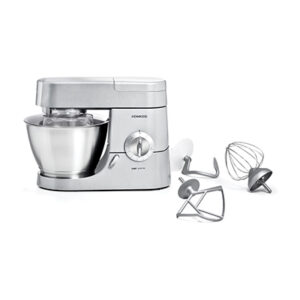
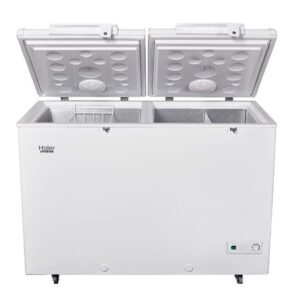
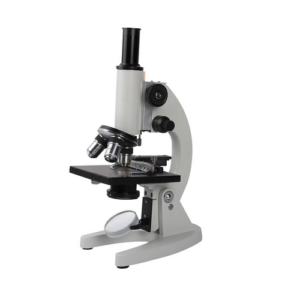
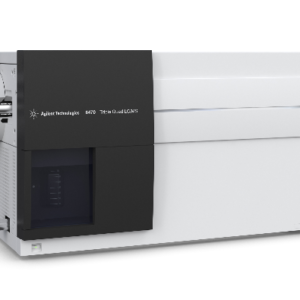

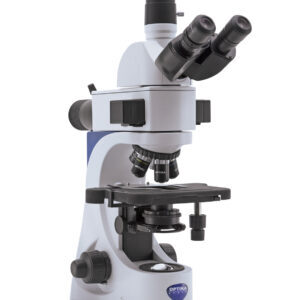

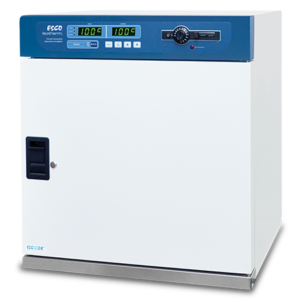
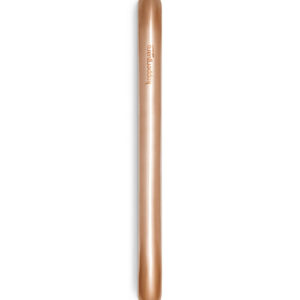
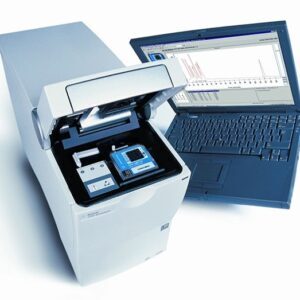
There are no reviews yet.